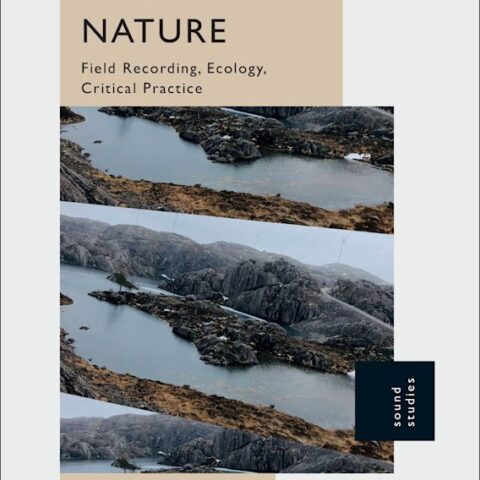Description
In this book, Barbara Ellison and Thomas B. W. Bailey lay out and explore the mystifying and evanescent musical territory of ‘sonic phantoms’: auditory illusions within the musical material that convey a ‘phantasmatic’ presence. Structured around a large body of compositional work developed by Ellison over the past decade, sonic phantoms are revealed and illustrated as they arise through a diverse array of musical sources, materials, techniques, and compositional tools: voices (real and synthetic), field recordings, instrument manipulation, object amplification, improvisation, and recording studio techniques. Somehow inherent in all music–and perhaps in all sound–sonic phantoms lurk and stalk with the promise of mystery
and elevation. We just need to conjure them.
Table of Contents
List of Figures
Preface
Acknowledgements
1 Phantasmagenics
1.1 Sonic phantoms as emergent presence
1.2 Presence by apophenia
1.3 Apophenia and creativity
1.4 Creativity with ambiguity
1.5 Ambiguity as intentional practice
2 Inducing the phantasmatic
2.1 Compositional phantasmatic strategies and techniques
2.1.1 Repetition
2.1.2 Persistence
2.1.3 Layering
2.1.4 Noise
2.1.5 Accentuation
2.2 Realms of sonic phantasmatic experience
3 Phantasma Instrumentalis: The Realm of the Instrument
Compositional Series: Harp Phantoms
3.1 Sonic exploration of the instrument
3.2 Instrument preparation & sonic blotscapes
3.3 Ritualization in performance
3.4 Structure and possible variations
3.5 Inherent patterns
3.6 Auditory streaming
3.7 Sonic figure and ground
3.8 Listening modes and perceptual competition
3.9 Accentuation of harp sonic phantoms
3.10 A second life of Harp Phantoms in the studio
4 Phantasma Materialis: The Realm of the Object
Compositional Series:Drawing Phantoms
4.1 Initial material explorations (for a literal ‘phono-graphic’ performance)
4.2 The Drawing Room
4.3 Transcendent ‘boundary loss’
4.4 Automatic drawing – ghosts and dissociation
4.5 Drawing Phantoms performance
4.6 Expanding by narrowing: everyday and induced trance
4.7 Loop multiplicity
4.8 Drawing Phantomsséance
4.9 ‘EVP’ and ‘OVP’
5 Phantasma Humana: The Realm of the Voice
Compositional Series:Vocal Phantoms
5.1 Katajjaq
5.2 Vocal Phantoms#18 (for live voices)
5.3 Ancient and recent vocal techniques of illusion
5.4. CyberSongs: Text-to-Speech-to-Song
5.5 Micro-temporal mechanisms
5.6 Semantic satiation and semantization
6 Phantasma Naturalis: The Realm of Nature
Compositional Series:Natural Phantoms
6.1 Listening and recording
6.2 Natural polyphony
6.2.1 Layering
6.2.2 Interlocking
6.2.3 Transitions
6.3 Natural Phantoms
6.4 Beyond composition
7 Coda: Otoacoustic Emissions: The Phantom Within
References
Index





